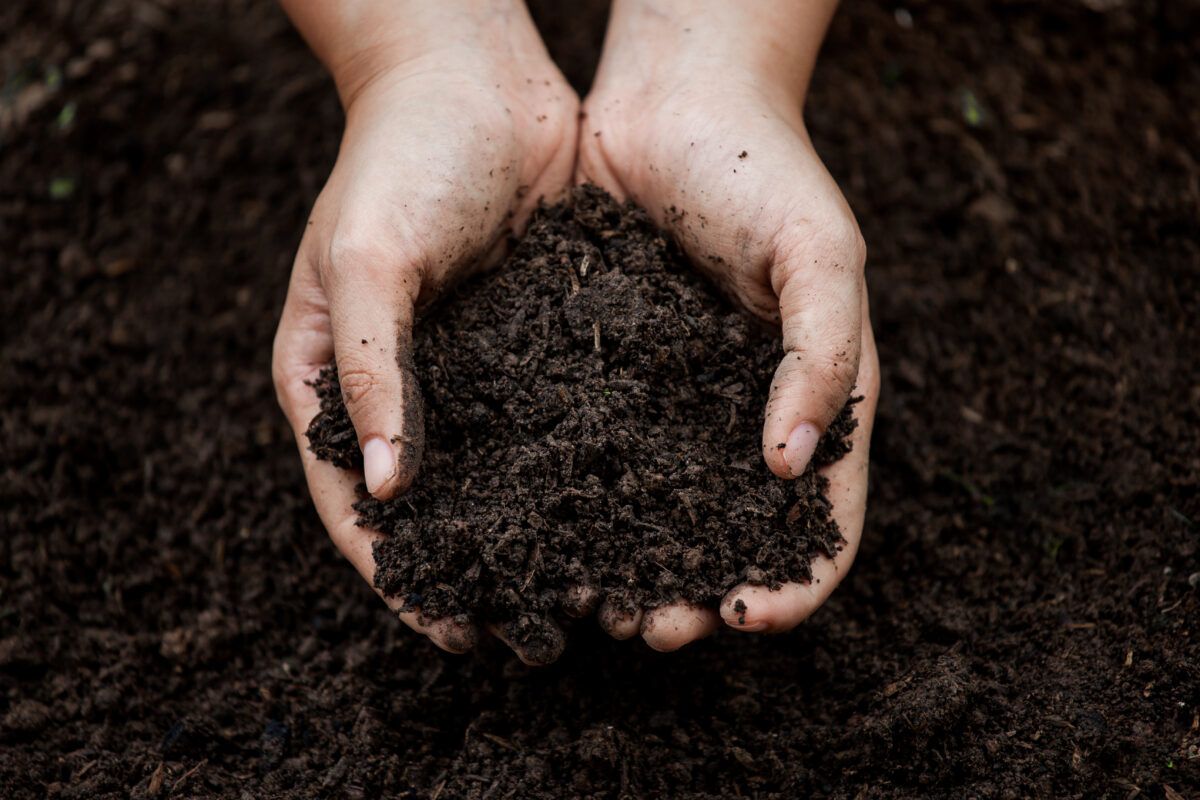Are Strawberries Getting Bigger?

Yes, strawberries are getting bigger. The strawberry season will begin at Chelan Ranch soon. What’s behind this trend?
At Chelan Ranch, as organic farmers, we’ve seen firsthand the differences between conventional and organic farming techniques and their impact on the size and quality. Today, I’ll discuss strawberry farming in the U.S. to convey these differences and explore whether bigger is better. Remember to be wary of imported strawberries as the health standards may not be on par with U.S. standards. My blog post on the latest Consumer Reports study cites concerns about produce imported from Mexico.
Organic vs. Conventional Farming Techniques

Organic Farming Techniques:
Our farms cultivate strawberries using sustainable farming practices, prioritizing soil health, biodiversity, and natural pest control. These techniques, which you can also adopt in your garden, include:
- Crop Rotation and Diversity: The strawberry crops rotate with other plants to maintain soil fertility and reduce pest and disease buildup.
- Natural Fertilizers: Organic compost, manure, and green manure enrich the soil, promoting healthy plant growth without synthetic chemicals.
- Integrated Pest Management (IPM): The organic method employs beneficial insects, natural predators, and organic-approved pesticides to manage pests, ensuring minimal environmental impact.
- Selective Breeding: Selective breeding for larger size and higher yield is prevalent.
- Handpicking: Trained crews handpick to ensure the fruit is at peak ripeness, enhancing the flavor and texture.
- Weed Management: Regular removal of weeds reduces competition for nutrients and water. We have succeeded in mulching with landscape cloth, straw, or other organic materials to help suppress weeds and retain soil moisture.
Conventional Farming Techniques:
Conventional strawberry farming often involves methods aimed at maximizing yield and size. These can include:
- Synthetic (Petroleum-based) Fertilizers: These provide plants with immediate nutrients, often resulting in larger fruit, but can lead to soil degradation over time.
- Pest Management: Controlling pests through pesticides can have long-term environmental and health impacts. Pesticides, particularly those with plant growth regulator properties, can indirectly affect fruit size by controlling pests that might otherwise stunt plant growth. Harm to beneficial insects may also occur.
- Selective Breeding: Selective breeding for larger size and higher yield is prevalent.
- Irrigation and Chemical Treatments: Advanced irrigation techniques and chemical treatments can significantly boost strawberry size and yield. Applying synthetic chemicals through irrigation lines requires careful management to avoid over-application and potential environmental impact.
- Weed Management: The application of herbicides labeled for use in growing strawberries occurs pre-planting year, planting year, and fruiting years.
While these treatments can increase fruit size, they come with potential drawbacks that might concern you. Synthetic fertilizers, for example, can lead to nutrient runoff and water pollution. Plant growth regulators, while effective, may also affect non-target plant species and ecosystems.
Is Bigger Better?

When it comes to strawberries, size isn’t everything. While larger strawberries may look more appealing, they don’t always guarantee better flavor or nutritional value. Here’s what to consider:
- Flavor and Texture: Smaller strawberries have more flavor and a firmer texture than their larger counterparts. Larger strawberries can sometimes be watery and less sweet.
- Nutrient Density: Organic strawberries, even if smaller, are typically richer in nutrients due to the healthy soil they are grown in.
- Environmental Impact: Organic farming practices are more sustainable and have less impact on the environment, promoting biodiversity and soil health.
Shopping for Delicious Strawberries

When you’re shopping for delicious strawberries, here’s what to look for:
- Size and Shape: Look for strawberries that are bright red, firm, and have a natural sheen. Uniformity isn’t as crucial as these indicators of freshness.
- Aroma: A sweet, strong strawberry aroma is a good flavor sign.
- Green Caps: The leaves at the top should be fresh and green, not wilted or brown.
- Dirty Dozen List: Strawberries are consistently in the top 3 of the “Dirty Dozen” list, meaning they often have high pesticide residues when conventionally grown. Choosing organic strawberries ensures a safe, healthy choice.
The quality of Chelan Ranch strawberries exceeds their size. Organically grown strawberries are delicious and nutrient-dense but also grown to support environmental health. When you choose organic strawberries, you’re not just opting for better flavor but also for a sustainable future. So next time you pick up a pint of strawberries, remember that bigger isn’t always better—taste, nutrition, and sustainability make all the difference.